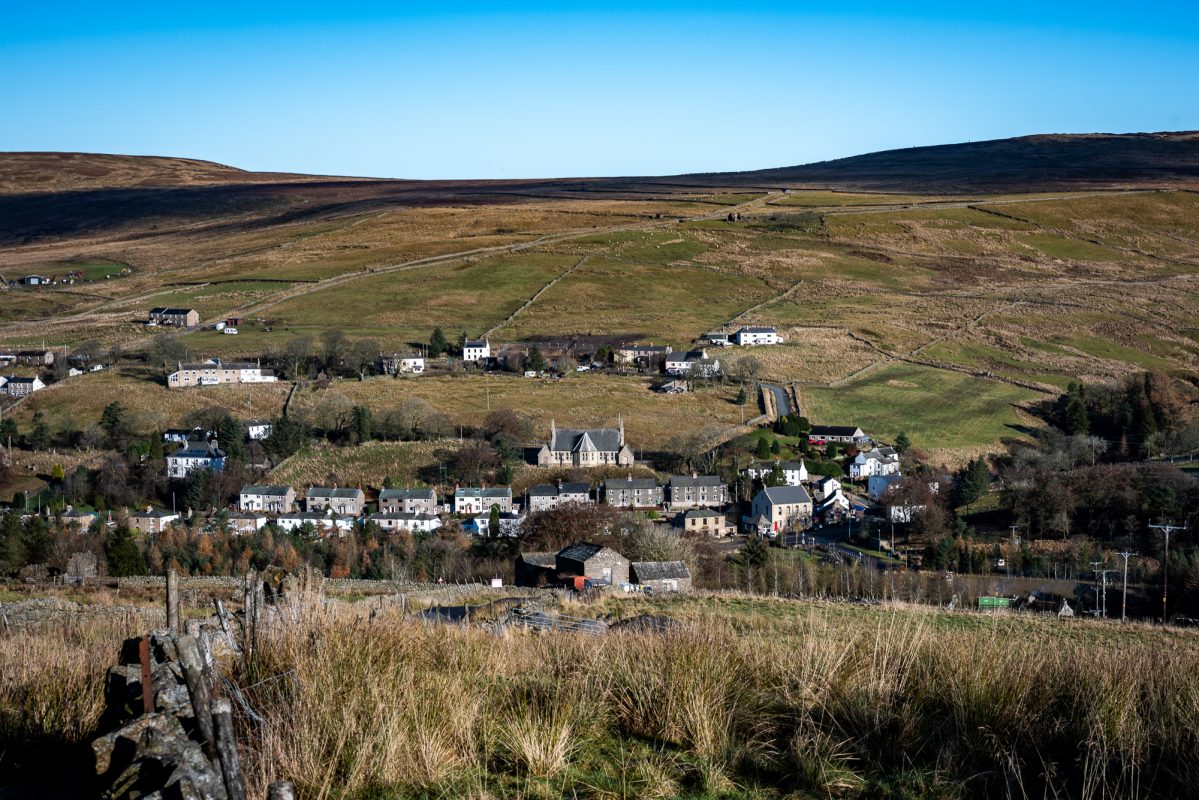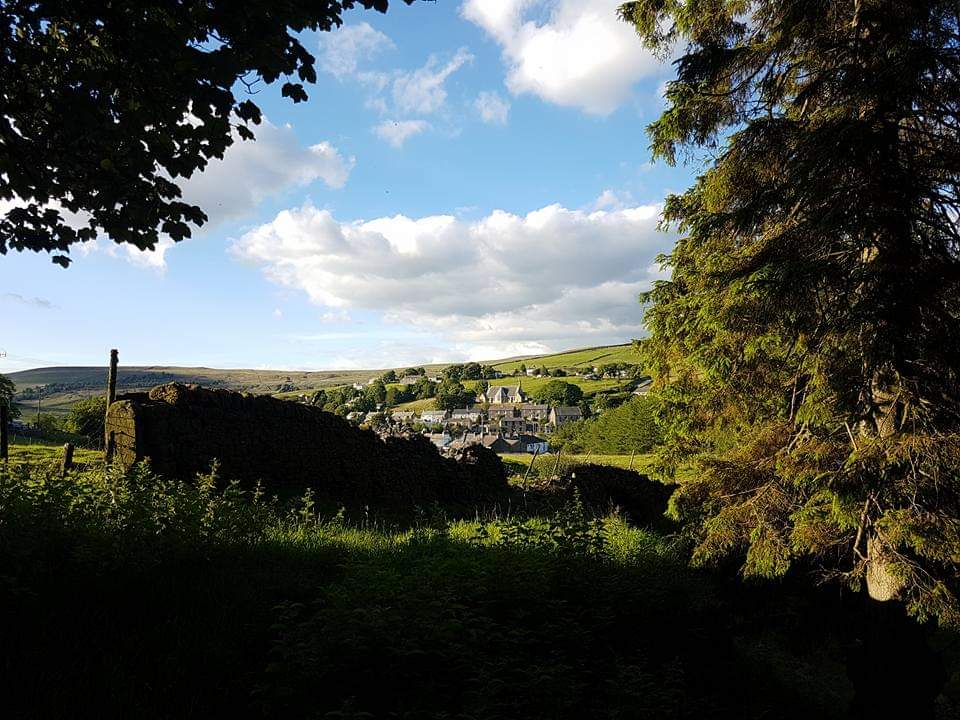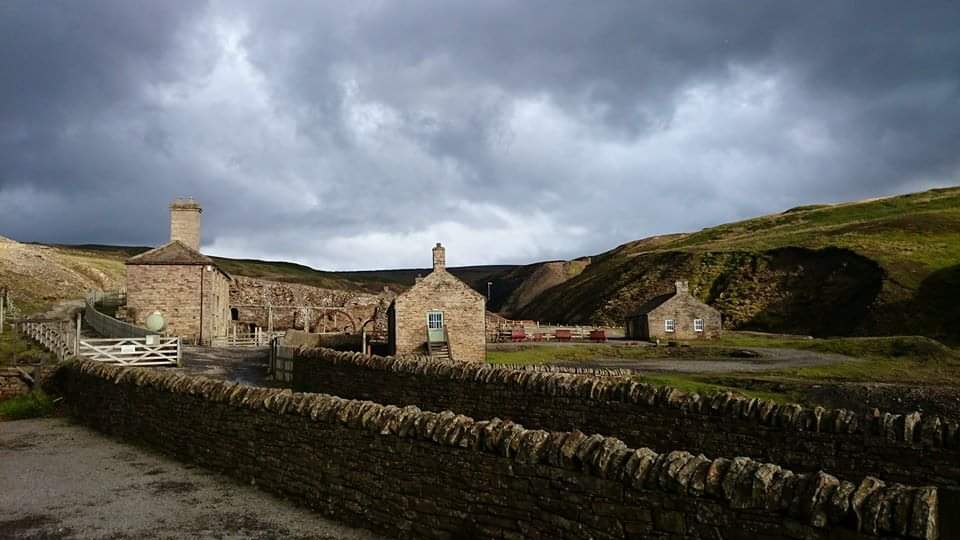
The village

In the 18th and 19th centuries it was a major centre for lead and silver mining. Such was its productivity that it was here the Quaker London Lead Company established one of the first purpose-built industrial villages in England, laying the foundations for today’s social welfare system.
For a settlement of its size and rural location, Nenthead can certainly claim more than its share of fascinating firsts and facts.
It lies within the eastern boundary of Cumbria at the crossroads with both Durham and Northumberland.
At approximately 1,500ft, it is one of the very highest villages in England, sits within an Area of Outstanding Natural Beauty and boasts a pioneering history that is still visible to this day.

The reforming Quakers built housing, a school with compulsory education for both boys and girls, public baths and a washhouse for the miners and their families. Nenthead was the first village in the UK to have a free lending library in its reading room and electric street lighting from excess power generated by the mines.
The company was a leader in refining silver from lead and this would go to the Mint, coins produced from it having a mark to distinguish its origins.
Other pioneers associated with Nenthead are civil engineer John Smeaton who, at the peak of his powers, built the Nent Force Level which became known as Smeaton’s Folly after hydraulic pumps were invented and used to drain the mines. And John MacAdam built the roads around Nenthead after visiting and discovering how bad they were!




The reforming Quakers built housing, a school with compulsory education for both boys and girls, public baths and a washhouse for the miners and their families. Nenthead was the first village in the UK to have a free lending library in its reading room and electric street lighting from excess power generated by the mines.
The company was a leader in refining silver from lead and this would go to the Mint, coins produced from it having a mark to distinguish its origins.
Other pioneers associated with Nenthead are civil engineer John Smeaton who, at the peak of his powers, built the Nent Force Level which became known as Smeaton’s Folly after hydraulic pumps were invented and used to drain the mines. And John MacAdam built the roads around Nenthead after visiting and discovering how bad they were!
